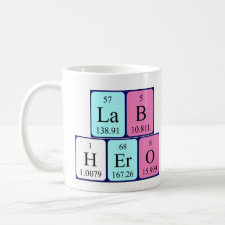
Authors: Weiser D, Sóti PL, Bánóczi G, Bódai V, Kiss B, Gellért Á, Nagy ZK, Koczka B, Szilágyi A, Marosi G, Poppe L
Article Title: Bioimprinted lipases in PVA nanofibers as efficient immobilized biocatalysts.
Publication date: 2016
Journal: Tetrahedron
Volume: 72
Issue: (46)
Page numbers: 7335-7342.
DOI: 10.1016/j.tet.2016.06.027
Alternative URL: http://www.sciencedirect.com/science/article/pii/S0040402016305415
Abstract: Immobilization of lipases from Pseudomonas fluorescens (Lipase AK), Burkholderia (Pseudomonas) cepacia (Lipase PS) and lipase B from Pseudozyma (Candida) antarctica (CaLB) was investigated by entrapment in electrospun poly(vinyl alcohol) (PVA) nanofibers. The activity and selectivity of the lipases entrapped in PVA nanofibers were characterized in kinetic resolution of racemic secondary alcohols using acylation in organic media. Potential bioimprinting effect of eight substrate-mimicking additives [polyethylene glycols (PEGs), non-ionic detergents (NIDs) and various organosilanes] was tested with the fiber-entrapped lipases. The nanofibrous lipase biocatalyst entrapped in the presence of the additives were also characterized by rheology, differential scanning calorimetry and scanning electron microscopy. In addition to the known lipase-bioimprinting agents (PEGs, NIDs), phenyl- and octyltriethoxysilane also enhanced substantially the biocatalytic properties of lipases in their electrospun PVA fiber-entrapped forms. The reasons of bioimprinting effect of several additives were rationalized by docking studies in the open and closed form of CaLB
Template and target information: bioimprinting
Author keywords: lipase, electrospinning, immobilization, molecular imprinting, PVA nanofiber, kinetic resolution



Join the Society for Molecular Imprinting

New items RSS feed
Sign-up for e-mail updates:
Choose between receiving an occasional newsletter or more frequent e-mail alerts.
Click here to go to the sign-up page.
Is your name elemental or peptidic? Enter your name and find out by clicking either of the buttons below!
Other products you may like:
 MIPdatabase
MIPdatabase









